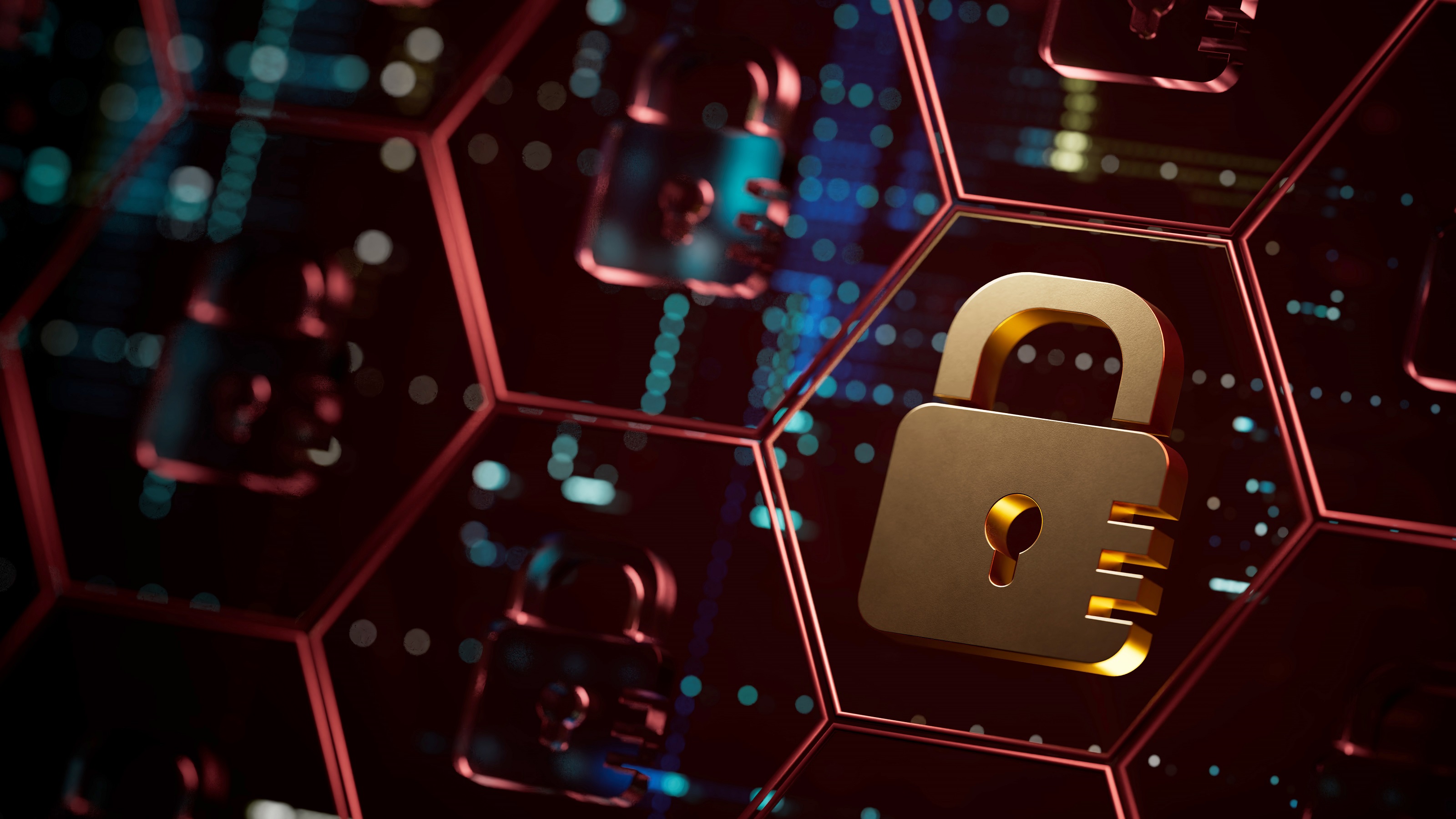
There was a dramatic surge in ransomware attacks in 2023, with a 55% year-over-year increase. The total number of victims reached 5,070. This rise doesn’t tell the whole tale, though. Statista reports that almost 73% of businesses worldwide suffered from ransomware attacks in some way or another.
Ransomware is a form of cybercrime that infiltrates an individual’s or a company’s software infrastructure, using malicious software to encrypt its files. Once those files are locked, the attacker holds them hostage, crippling the victim until they pay to release them. It is the digital equivalent of taking a hostage and demanding a ransom.
The result is financial disruption, data loss and even brand reputation damage. Understanding and guarding against ransomware is a top priority for any person or business.
Understanding ransomware: A deeper dive
Ransomware programs work by infiltrating a system through an open door, such as an email or a link. These are common entry points that allow software to enter a system and wreak havoc.
Once inside, a ransomware program locks up user files through encryption. This preserves the data but makes it unreadable and inaccessible to anyone without a decryption key.
At this point, a victim will receive a message from an attacker demanding payment in exchange for a decryption key. Cisco points out that often, even when someone sends a payment and receives a key, they have to pay a second ransom to restore sole access to the stolen data.
Ransoms for ransomware generally come in the form of untraceable cryptocurrency and can vary in financial damage. For instance, a low-profile attack on an average individual can cost hundreds of dollars. In comparison, a high-profile attack, such as targeting a fintech company like ours, can run into the millions of dollars.
This makes ransomware a threat that my team and I are invested in preventing in every possible scenario. The good news is that several ways exist without too much upfront hassle or inconvenience.
Kiplinger Advisor Collective is the premier criteria-based professional organization for personal finance advisors, managers, and executives. Learn more >
Four steps to shield yourself from ransomware
Ransomware is a common and serious threat. Fortunately, there are several simple and effective ways to protect yourself. Here are four steps you can take to shield yourself from any potential attacks. Consider implementing all of them, as a layered defense is your best bet.
1. Be cautious with emails. Phishing scams are some of the most common gateways for ransomware attacks. Suspicious links and email attachments are the typical format. Never click on a link or attachment you don’t understand, and always be careful with emails from unknown senders.
2. Avoid certain links and downloads. Links and downloads are dangerous outside of your inbox, too. Whenever you’re using any form of technology, be suspicious of an unknown link or download from an unknown or untrusted source.
3. Update your software. One of the best ways to keep your tech safe from ransomware is to keep it up to date. Software companies consistently update their products, often with security improvements and patches that fix vulnerabilities — the weaknesses cybercriminals are looking to exploit. Make it a habit to update your devices regularly.
4. Back up your data. If you want the ultimate defense, set up and maintain a robust data backup plan. By regularly backing up data to an external source, you create redundancies. This prevents excessive downtime, minimizes damage and gives you more leverage in the event of an attack. If you don’t have a data backup plan in place, here is an excellent rundown from Tech Target on how to assess your options and develop a plan.
Staying ahead of ransomware
Understanding ransomware is the first step in preventing it. Once you can appreciate the gravity and likelihood of an attack, it is easier to prioritize and encourage buy-in from your peers to invest in preventive measures.
Maintain good online habits, especially when it comes to links and downloads. Stay informed and update your devices, as well. That way, you can mitigate risk, safeguard yourself from the dangers of ransomware and be ready to act in an attack.










